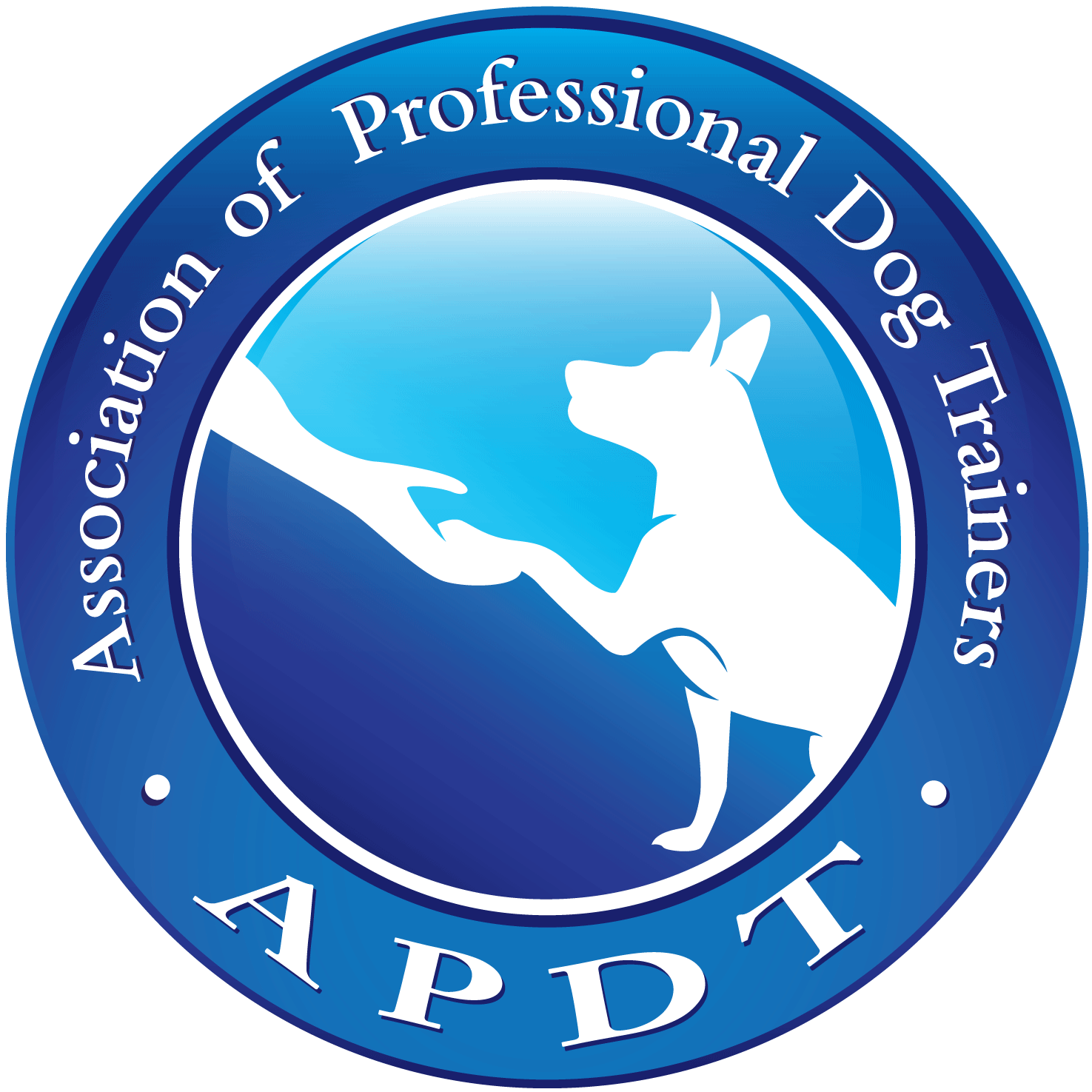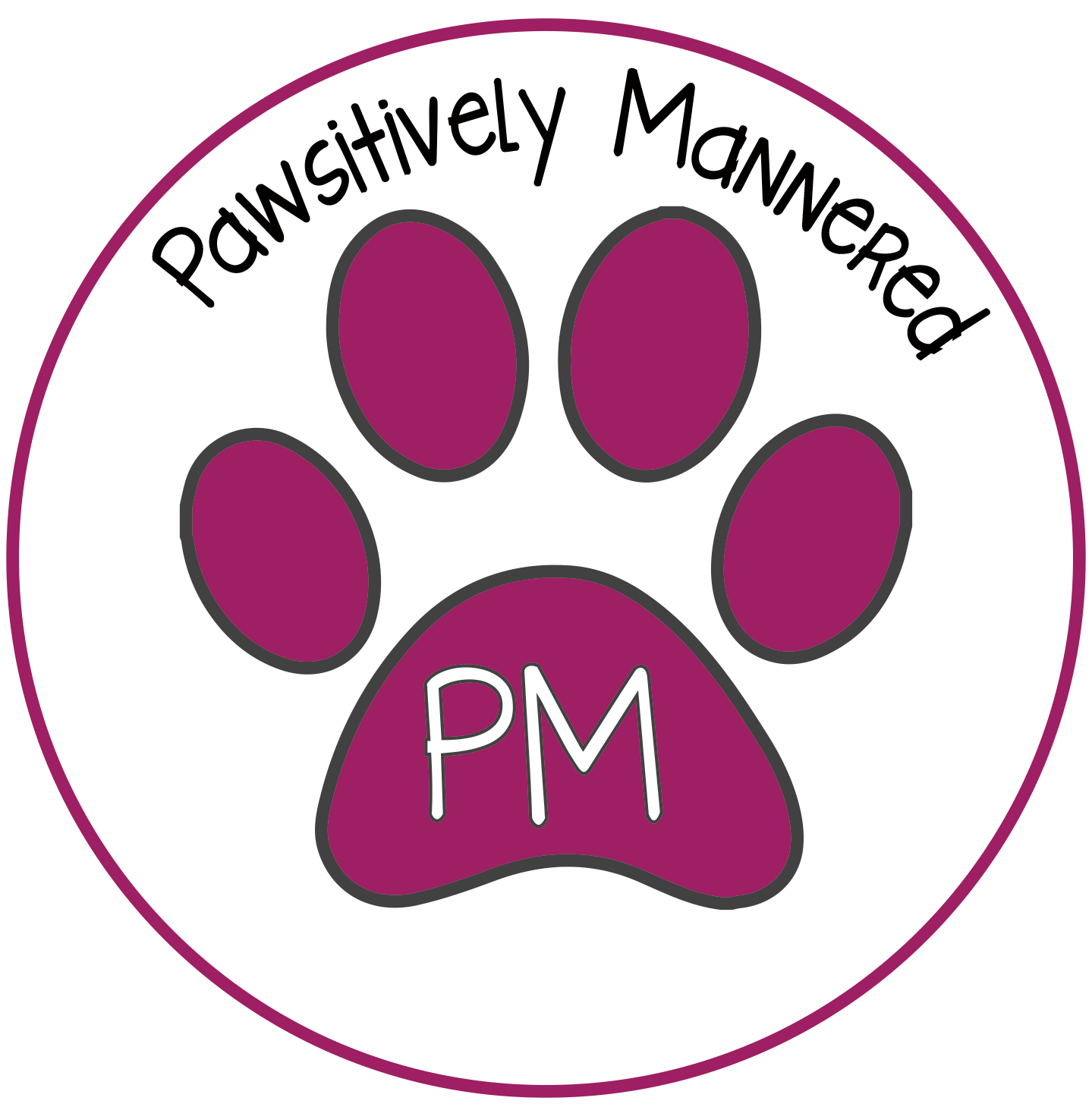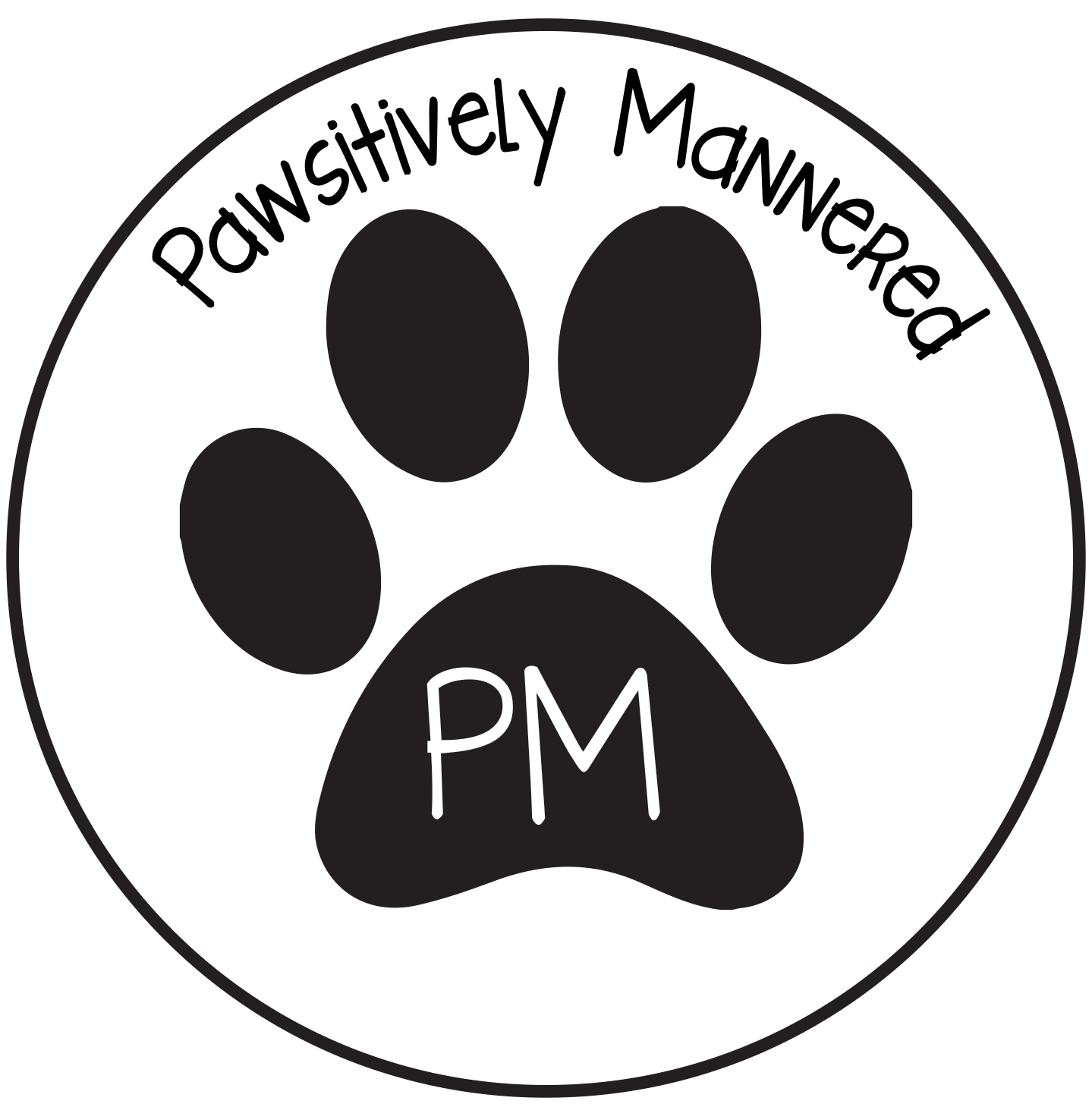FAQ & RESOURCES
"Properly trained, a man can be dog's best friend."
Corey Ford
FAQ
What if I need to reschedule a session?
Training is important but—I get it—life happens. I just need notice of cancelation 24 hours before our scheduled session. Sessions canceled or rescheduled less than 24 hours in advance will be charged the full amount for the session and must be paid before the next session. Please note that I do not give refunds for any services, including packages.
What types of payment do you accept?
Cash, check or credit all work!
Is my dog trained after you’ve been here?
Short answer: I wish! Long answer: Think of your dog’s training as her trying to learn a new language. She needs daily practice. I am only with your dog for an hour at a time. She’ll certainly learn during our sessions, but she’s got to practice to build that quick recall and muscle memory. So, while I show up to give you and your dog the tools, you’ve gotta show up daily to use them.
How long do I have to practice?
A 20-minute practice session is actually better than going for an hour! You don’t even have to do 20 minutes straight. Break it up throughout the day if you want. Find training opportunities during activities you do anyway: Dinner time? Practice “Sit” and “Watch me.” Potty break? Practice “Wait” at the door. The payoff: You and your dog practice real-life scenarios.
Do you guarantee training?
Wouldn’t it be awesome if I had a training approach that worked on every dog, every time? The thing is, no living being—dog, human or otherwise—is a robot. Just as with humans, the only behavior we can really guarantee is our own (and not even that sometimes! Hello, chocolate!). Trainers can’t guarantee that a dog will do exactly what you ask her to 100 percent of the time. What I can guarantee is that I try one solid technique, and if that doesn’t work, I try a different approach. I have lots of tricks up my sleeve from years of creative problem-solving. But, the bigger part of the equation is how much work YOU put into it. If you and your dog practice only once a week during our in-home session, we’re not going to make much progress. But, work with your dog between sessions, and I think you’ll definitely see results!
What tools do you use? Is there anything you don’t use?
All the training techniques I use are positive, pain-free and force-free. That means no threats and no choke chains, prong collars or electronic collars. Learning should be something we all look forward to, not something we dread. Not only is force-free training significantly more pleasant for everyone, it’s ultimately more effective. I decide which training approach is best based on each dog’s personality and needs and whatever situation we’re dealing with. My philosophy is simple: If I wouldn’t use a technique to teach my own dogs, I am definitely never going to recommend it to a client.
I have a question and our next session is several days away! What can I do?
Just call or text me, and I will be happy to answer your question as best as I can! I’m available 9am-6pm Mon.-Fri. and 10am-4pm Sun. to clients who have package sessions scheduled with me.
My dog doesn’t like other dogs/cats/animals/people. Can you help?
Dogs who are struggling to feel safe and comfortable around other people and/or animals will have the best success working with trainers who specialize in aggression. That’s not my focus, but I’m happy to refer you to some wonderful trainers who might be able to help.
Do you do service/assistance dog training?
It's so awesome that dogs can provide these services. Service and assistance dogs go through special training to learn specific ways to help their handler. At this time, I do not offer this service, but I can refer you to a wonderful trainer in the area who can talk with you more about this. For more information on service dog training, please visit 4 Paws Training's website: www.4pawstraining.com/service-dogs
TOP BOOKS & DVDS

Top Tips from Top Trainers: 1001 Practical Tips and Techniques for Successful Dog Care and Training, by APDT Members

Train Your Dog - The Positive Gentle Method, by Nicole Wilde and Laura Bourhenne

The Language of Dogs: Understanding Canine Body Language and Other Communication Signals, by Sarah Kalnajs

Lassie Come! How to get your dog to come every time you call, by Patricia B. McConnell, Ph.D.

Creating the Perfect Puppy: How to Start Off Right and Stay on Track, by Dr. Sophia Yin, DVM, MS
FAVORITE WEBSITES


KID & DOG FAMILY SAFETY RESOURCES







